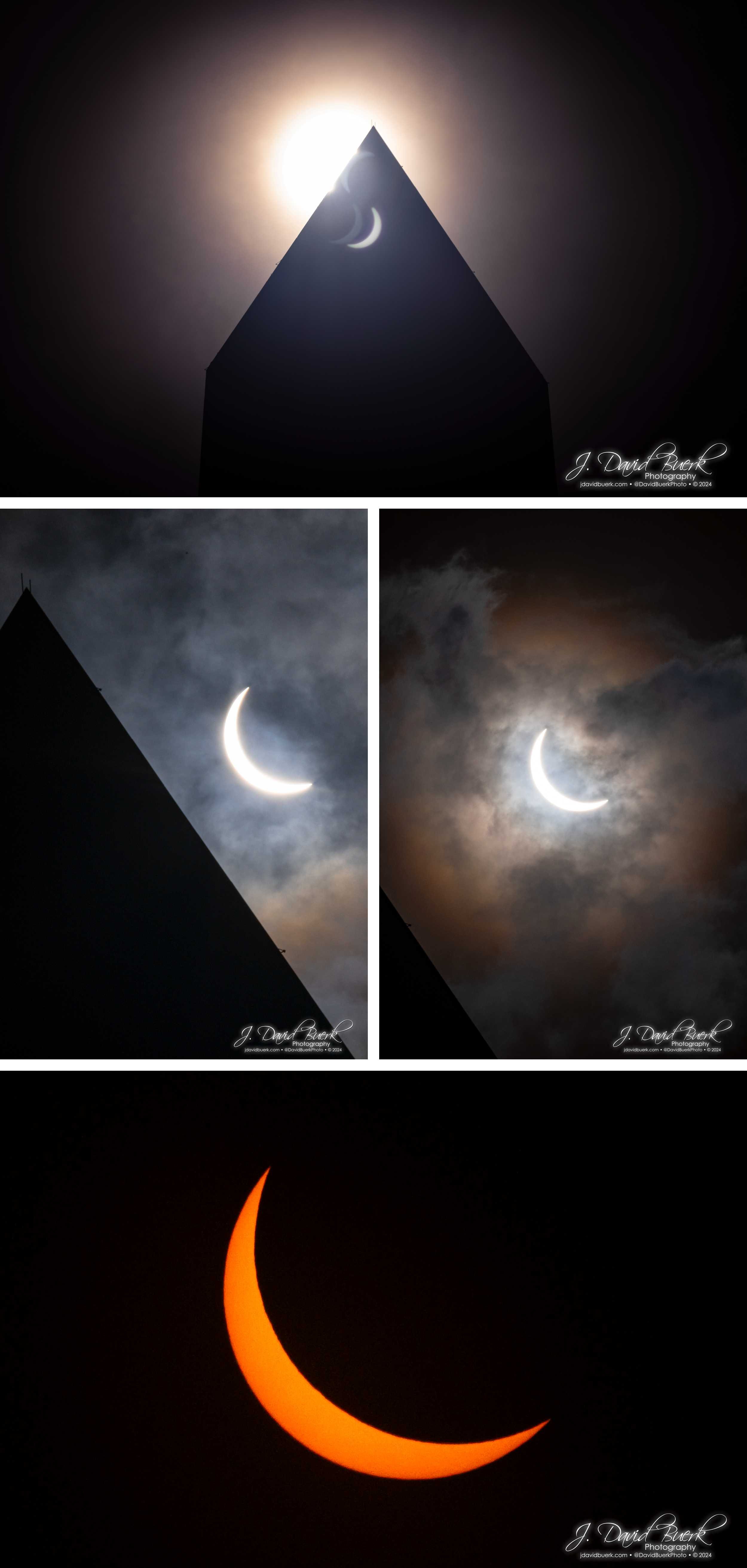In today's digitally driven professional landscape, the significance of maintaining a curated collection of high-quality, publication-ready headshot photographs cannot be overstated for the modern Corporate Executive.
Professional Headshot Portraiture serves as the visual representation of an individual's personal brand, and plays a pivotal role in making a positive first impression across various platforms, including professional publications, websites, and social media platforms like LinkedIn. A selection of well-crafted headshots not only conveys competence and approachability, but also enhances one's professional credibility.
Investing in the skill and experience of a professional photographer is essential to ensure that these portraits effectively capture the individual's unique personality and convey a polished, authentic image. Professionals who leverage the quality of a professional photographer’s work are more likely to present themselves with confidence and professionalism, ultimately contributing to their success in networking, career advancement, and overall professional image.
When planning a headshot portrait session, it’s important to remember one single photo can’t cover all your bases, even as an individual first joining the workplace. While scheduling your portrait session, I consult with you to learn your branding needs, prospective uses, existing portraits and how new ones will compliment or replace them, and discuss with you ways to get the most out of your portrait session. Based on your needs, I capture and deliver portraits that fit your current requirements, as well as additional crops and variations to fit additional uses, graphic design flexibility, and future-proofing for unforeseen display scenarios.
A comprehensive photoshoot with me will create, or add to your existing, catalogue of variations to select from for different use-case scenarios. A well-rounded portrait library includes multiple options of formal & informal poses, wardrobes, and expressions, and studio-backdropped & environmental locations; consulting with me can cover all of these bases in a single booking.
In 2023 I saw a great uptick in people getting their headshots updated, their portraiture libraries expanded, as well as first-timers capturing their first professional headshots - everyone can tell when you have an iPhone photo, even in “Portrait Mode;” you need the real thing to be taken seriously.
I’m looking forward to capturing and seeing more of you in 2024; click here to start planning and scheduling today.
































